Recommended reading:
How You Make Me Feel
CONTENT WARNING: Self harm, suicide, abuse, homophobia
How You Make Me Feel | Digital | (2022)
There is a lot I want to say about this piece. I draw in an unplanned, organic way. When things appear in my imagination, I add them in.
I imagined hands coming down as spiders, throwing out hooks, manipulating my face, my emotions, how I appear to the outside world.
The hooks would pull and tear at my skin, as the lines pulled through bone and sinew.
Why illustrate such violence towards oneself? Well for one thing it is better than hurting my physical body.
Through the process of this illustration I realised I was expressing some deep traumas that I have not really addressed directly. When I look back at the body of my work, it is obvious where I have subconsciously explored these feelings. In deciding to make this piece with more focus, I found that it drained and took a lot out of me. I worked on it tirelessly until it all came into focus, and when it did, I felt a tidal wave of exhaustion but also relief.
I feel like the time is right to share these stories. They will provide context for this work.
How You Make Me Feel | Digital | (2022)
CONTENT WARNING: Self harm, suicide, abuse, homophobia
There is a lot I want to say about this piece. I draw in an unplanned, organic way. When things appear in my imagination, I add them in.
I imagined hands coming down as spiders, throwing out hooks, manipulating my face, my emotions, how I appear to the outside world.
The hooks would pull and tear at my skin, as the lines pulled through bone and sinew.
Why illustrate such violence towards oneself? Well for one thing it is better than hurting my physical body.
Through the process of this illustration I realised I was expressing some deep traumas that I have not really addressed directly. When I look back at the body of my work, it is obvious where I have subconsciously explored these feelings. In deciding to make this piece with more focus, I found that it drained and took a lot out of me. I worked on it tirelessly until it all came into focus, and when it did, I felt a tidal wave of exhaustion but also relief.
I feel like the time is right to share these stories. They will provide context for this work.
My first crush was a pretty blonde girl. We were in first grade, at a primary school in Sydney. She taught me how to tie my shoes.
My second big crush was one of my teammates on my swim team. Tall and beautiful, an adolescent boys dream. We were in grade six, going to one of the nicer public schools in Male’ City. It was around then when my troubles began.
While I had this crush, I was also experimenting with a classmate. Another boy. We would try things together, but he would never kiss me. No, that would be too gay.
A few months into this, it came time for the annual school play. The teachers were so shit that I had to write and direct it myself. It was about a satirical news channel called Crazy Lunatic News. I even managed to sneak in some nonsense making fun of Maumoon, who was still ruling as a dictator at the time (with a sketch about going to the moon, real original right?).
While hanging out with the kids in that group we would chat about the dumb things that kids that age would talk about. When the topic of sex came up, I boldly offered the proposition that guys had it way better because we could f*** but also get f***ed.
You see for me, I had never really thought of as being straight was a thing. I thought people just liked who they liked.
My schoolmates obviously did not think the same. Soon rumours swirled that I was gay. Super gay. Just absolutely bent. All while I had this hopeless crush on this girl.
To add to this tragedy, another girl, who apparently I guess might have had a crush on me, started claiming that she was my girlfriend. In retrospect its clear that she was trying to protect me. But at the time it really pissed me off because I thought it would hurt my chances with the girl that I liked. So I did the totally rational and understanding thing of yelling at her in front of a bunch of people about how she should stop telling lies.
All of a sudden I understood all the homophobia that I had been growing up with. The big insult then, and still now, for a gay male is firihen kulhi (lit. male play - the popular slur for lesbians being anhen kulhi or female play). The walls of the school, the tables, the toilet walls, would be littered with scribbles saying FK this FK that.
I should mention that by this point I had already been getting shit all my life for my name, Hani. It sounds too much like honey. Harmless enough most places, but in the Maldives, Honey was the name of an infamous cross dressing person (they may also possibly be trans, I am not sure). Honey was constantly getting arrested for wearing dresses, which most Maldivians found to be the absolute height of comedy. They got so much entertainment from his ostracisation and suffering that the fallout fell onto me. Hani. The boy with the name that sounds like Honey.
All of a sudden I became labeled as FK. And that made me scared that maybe I really was gay. If I was gay, then I would be FK, and then people really wouldn’t leave me alone. And not only the people, but god too. God would make sure I didn’t escape even if I died.
So when high school started, I buried everything and went and hid deep in the closet. I would not really think about my sexuality beyond straight or perhaps a tiny bit bicurious for years to come.
Instead, during the early days of high school, I would lie in bed and choke myself, hoping to die. Luckily this is almost impossible to do to yourself.
When the 2004 tsunami hit the Maldives, I was in grade 9. Fearing that we would all go to hell, the extremist preachers stepped up their game and started what would be a very successful radicalisation campaign. Fearing that their children would get lost at sea, parents all over got their kids mobile phones. Phones we would use in class to share dirty photos and porn.
Somehow at least two homophobes got my number and immediately began to send me hateful messages non-stop. At this point I was deeply in denial so it was incredibly distressing. Who would I even talk to about this? If I told anyone then I would really be like Honey.
In the meantime I began to express my self hatred upon my own body in increasingly more violent ways. It is kind of a blur so I am not entirely sure when or how it started. I think it might have been even before the tsunami and the texts.
I would steal away matches and light little fires on the back of my hand. Onto this same spot I would pour candle wax, and sometimes just push the candle and matches inside. The skin eventually would break and form a gross wound. Smack dab in the middle of the back of my right hand. Hardly a hidden spot. Yet nobody really noticed anything.
In a truly bizarre cry for help I would hide the shape made by the wound in the design of a birthday card I made to invite my schoolmates.
It was also around this time that I discovered that sniffing glue made you high. I am pretty sure I tried it immediately after hearing some PSA about the dangers of it. This led to experiments with various cough syrups, most of which had extremely not fun chemicals in them like DXM and Diphenhydramine. I also learned how to crush pills and extract codeine. None of it really helped. There is more beyond these anecdotes that I will share when the time is right.
In a way this piece is the mirror to my previous self portrait “My Hijab (In Bloom)”. If that work represents me in my current state, this one represents how I was.
Being torn apart and manipulated. Forced to hide my true self. Yet through the wounds you can see flowers blooming. Flowers that would protect me, guard me, nourish me. They represent my queer family who have always been there for me, even when I did not know it.
It is 2022, and the Maldives still does not recognise LGBTQIA+ people, and neither does it recognise freedom of conscience, the right to believe what you want to believe. Queer atheists and people from other religions are just as subjugated as queer Muslims. Even being an ally is dangerous.
In essence, the Maldives does not recognise the right of its citizens to have their own identity. There is much talk of mental health initiatives, but what of the mental health of people being bullied and ostracised by an entire nation for who they are? You really expect some kid to be able to tell a therapist or whatever their deep fears and traumas are, when they do not even have the comfort of asking the police for help? Calling the police is not something queer or non-Muslim Maldivians do. There is much to say about this but I will leave that there.
I once hid my scars, but the time for that is now long past. I feel like I have awoken from a long sleep.
31 Dhivehi Haikus for the month of August
In August during lockdown, I wrote a haiku in Dhivehi each day. It started off with simple Thaana text on black background, and slowly evolved to incorporate my photographs. It is nice to write haikus in Dhivehi as the structure lends itself nicely to counting the syllables.
The poems themselves seemed to take on a very self reflective nature, with common themes being the ocean, Maldivian life, and life in Male’ City.
I have included english translations for each of them. However do note that sometimes the meaning and syllable structure is lost somewhat in translation.
Originally posted on my instagram.
In August during lockdown, I wrote a haiku in Dhivehi (the Maldivian language) each day. It started off with simple Thaana text on black background, and slowly evolved to incorporate my photographs. It is nice to write haikus in Dhivehi as the structure lends itself nicely to counting the syllables.
The poems themselves seemed to take on a very self reflective nature, with common themes being the ocean, Maldivian life, and life in Male’ City.
I have included english translations for each of them. However do note that sometimes the meaning and syllable structure is lost somewhat in translation.
Originally posted on my instagram.
1st
Kalaayaa nulaa
Udun ohey tharithah
Bimuga jehey
Without you
The stars that cascade from the heavens
Crash into the earth
2nd
Kulagadha maa
Kalaa chischis kolleema
Hithi zuvaankan
Vivid flowers
Because you crushed
Bitter youth
3rd
Kandu omaan rey
Dhashu udhuhey mahéh
Huvafén gâs
Calm ocean night
A fish flying beneath
Dream tree
4th
ބޯއަޅާލާފަ
ރޫހު އެއްކޮށް ގުޅިފަ
މަޑިކިލަނބު
Boa alhaalaafa
Roohu éhkoh gulhifa
Madikilanbu
Lay your head
Souls link together
Milky Way (galaxy)
5th
ލޭބޯ ކަކުނި
ހަމަހިމޭން މަދިރި
ލޮލުގެ ނިޔާ
Leyboa kakuni
Hamahimeyn madhiri
Lolugé niyaa
Bloodsucking crab
Serene mosquito
A judgment of the eyes
6th
މޫތައް ދަށުގަ
ވަރުގަދަ ހިޔާލެއް
ދުނިޔެ ނިމުން
Moothah dhashuga
Varugadha hiyaaléh
Dhuniyé nimun
Beneath the roots
A powerful thought
The end of the world
7th
މާސިންގާ ކަނޑު
ތިމާ ބޮލަށް ވެއްޓުނަސް
ބިރަކާ ނުލާ
Maasingaa kandu
Thimaa bollah vettunas
Birakaa nulaa
Boundless ocean
Even if it were to fall on my head
Without fear
8th
This one is for @moyameehaa #findmoyameehaa
މޮޔަވީދޯދެން
ލޯބީގެ ދުޝްމަނުންތައް
ދިވެހި ރާއްޖެ
Moyaveedhoa dhen
Loabeegé dhushmanunthah
Dhivehi Raajjé
Guess we’ve gone mad
The enemies of love
Kingdom of the Islanders
Insta link
9th
މަގޭދަރިންތައް
ތިހާ ނުލަފާނަމަ
މުސީބާތެއްބާ
Magey dharinthah
Thihaa nulafaanama
Museebaathéhbaa
My children
If they were so cruel
A calamity(?)
10th
ހަނަފަސް އާބާދް
ހުވަފެންތައް ގެއްލިފަ
ފަނޑު ތަގްދީރު
Hanafas aabaadh
Huvafenthah gellifa
Fandu thagdheeru
An empty city
Lost dreams
Fortune faded
Insta link
11th
ވިހުރޭ ދިދަ
ދަށުގަ ހުސް ބަހަނާ
ގައުމީ ރޫހު
Vihurey dhidha
Dhashuga hus bahanaa
Gaumee roohu
Fluttering flag
Beneath, nothing but excuses
National spirit
12th
ހަމަހިމޭންކަން
ތިބާ ނޭވާލާ ހިނދު
ސުވަރުގޭގަ
Hamahimeynkan
Thibaa neyvaalaa hindhu
Suvarugeyga
Calm
As long as you’re breathing
In heaven
13th
ދުރު އުދަރެސް
ނާމާން ފަރުބަދަތައް
މުސްކުޅިވުން
Dhuru udhares
Naamaan farubadhathah
Muskulhivun
Distant horizon
Ominous mountains
Getting older
14th
ކަނޑު އަޑީގަ
ގާހަކައިގެ ސިއްރު
ވިއްސާރަދުނި
Kandu adeega
Gaahakaigé sirru
Vissaara dhuni
Under the sea
The giant clam’s secret
Rainbow
15th
އަނދިރި ޖައްވު
ދުރު ތަރިތަކެއްގެ
ހިޔަނި އެޅޭ
Andhiri javvu
Dhuru tharithakéh
Hiyani elhey
Dark space
Of distant stars
Shadows fall
16th
މާމެލާމެލި
ދަށުގަ ތާޖެއް
ނިކަގަސް ރާނީ
Maamelaameli
Dhashuga thaajjeh
Nikagas raanee
All the flowers
Beneath a crown
Banyan tree queen
Insta link
17th
ބިއްލޫރި ކަނޑު
ދުންތަރިތަކުގެ ލޭ
އިރު އޮށްސެނީ
Billoori kandu
Dhuntharithakugé ley
Iru ossennee
Glass ocean
Blood of comets
The sun is setting
Insta link
18th
ފިޔާތޮށި މާތައް
އަނދިރި އަނދިރި ރޭ
ވަގަށް ފޮޅިލާ
Fiyaathoshi maathah
Andhiri andhiri rey
Vaggah folhilaa
Pink flowers
On a dark night
Bloom coyly
19th
ހިތްހަމަޖެހޭ
ހަވީރުގެ ފިނިވައި
ހޫނު ސައިތައްޓެއް
Hihhamajehey
Haveerugé finivai
Hoonu saithahtteh
Contentment*
Cool evening breeze
A hot cup of tea
(*lit. Calm heart)
20th
ވަރުބަލިކަން
ގައިގަ ހަރުލައިފިއޭ
ފިނި އިހުސާސް
Varu balikan
Gaiga harulaifiey
Fini ihusaas
Exhaustion
Has taken over (my) body
Cold sensations
21st
ވިލުނޫ ހާރު
ރަން ރިހިވެލި ލިބާސް
ދިވެހިންގެ ލޭ
Vilunoo* haaru
Ran rihiveli libaas**
Dhivehingé*** ley
Turquoise necklace
Dress of gold and silver sands
The blood of islanders
*lit lagoon blue
**traditional Maldivian dress
***lit. Maldivian’s
Insta link
22nd
ފަތުރުވެރިން
އަޅުވެތިކަންމަތީ
ދަރިފަސްކޮޅު
Fathuruverin
Alhuvethikanmathee
Dharifaskolhu
Tourists
(Have) enslaved
Generations
23rd
ނުރައްކާތެރި
ބަސް ބަހުގެ މާނަތައް
ހަތިޔާރެކޭ
Nurakkaatheri
Bas bahugé maanathah
Hathiyaarekey
Dangerous
Intent of words
A weapon
Insta link
24th
ތޫނު ވިހަ ބޯ
މުއްސަނދި މުނާފިގުން
ނަންވާނީ މަދޯ
Thoonu vihaboa
Mussandhi munaafigun
Nanvaanee madhoa
Sip on sharp poison
Opulent hypocrites
Guess I’ll take the blame
25th
ބޯވަ ޖަންޖަލި
މުރަކަ މަހާނަގާ
ދުނިޔެ މަރާ
Boava jangali
Muraka mahaanagaa
Dhuniye maraa
Octopus garden
Coral tombstone
World killer
26th
މަށާ މިޔަރު
މާސިންގާ ކަނޑު ތެރޭ
މޫދުގެ ދަރިން
Mashaa miyaru
Maasingaa kandu therey
Moodhugé dharin
The shark and I
Within a vast ocean
Children of the sea
27th
އުޑު ބިންދާލާ
ގޮނގުރީޓު ފުރޭތަ
ނޭވާ ނުލެވޭ
Udu bindhaalaa
Gongureetu fureytha
Neyvaa nulevey
Break the sky
Concrete demon
Can’t breath
28th
ދުނިޔެ މަތީ
ބަލާބޮޑު މީހުންވެސް
ލޯބި ބޭނުންވޭ
Dhuniyé mathee
Balaabodu* meehunvés
Loabi beynunvey
In this world
Even troublesome people
Need love
29th
މަގޭ ހިޔަނި
ރަން ކުލައިގެ އަލިފާންް
ކަނު އަނދިރި
Magey hiyani
Ran kulaigé alifaan
Kanu andhiri
My shadow
Fires of gold
Pitch black
30th
ފޮރުވިފައިވާ
ކަނޑުގެ ހަޒާނާތައް
ވެލާގެ ސިއްރު
Foruvifaivaa
Kandugé hazaanaathah
Velaagé sirru
Hidden
Treasures of the ocean
The turtle’s secret
31st
ޒަމާނީ ފުލޯކް
ދިރުމެއްނެތް މޫނުތައް
ރޫހު މަރާލާ
Zamaanee fuloak
Dhirumehnei moonuthah
Roohu maraalaa
Modern forgeries
Lifeless faces
Kill the spirit
Announcing Laadheenee.com - A Maldivian minority rights website and home of The Laaddheenee Digest
The Laadheenee Digest will from now on be posted to laadheenee.com!
“News, art, and writing from the Maldivian Laadheenee Community.
A Laadheenee Collective that aims to spread awareness about the lives of Maldivian minorities and other people who are labelled laadheenee. We post articles and writings from Laadheenee Maldivians which we then collect into a magazine – The Laadheenee Digest. We spread awareness about the right to freedom of religion, and for the rights of LGBTQI+ Maldivians. We also report on news and other information relating to the struggles of Laadheenee people.”
Burakashi’s #StayAtHome Photo Class - Lesson 01: Monochrome Patterns and Textures
LESSON OBJECTIVE:
To produce a monochrome photograph of a subject from around your home.
If you would like, email me your final images at burakashi[@]icloud.com, along with image credit / social media tags, and I will post it under the page for this lesson on my website. Hope you had fun and do let me know if you have any feedback on how I can improve future lessons.
Splinters Act I - The Akasha Frontier is now available on Amazon.com!
On an Earth ravaged by climate change, the remnants of humanity live underneath the simulated skies of the umbrella cities. As a solution to the food and water crisis, the League of Nations looks to a new frontier. In the Akasha Sector, supertrawlers fish the oceans of Iris, while the mangroves of Atlantis are pumped dry for water.
Cellophane, a mysterious young woman from Atlantis, wakes up on Mars with no recollection of how she got there. Umar, a dealer of trafficked cocoa, struggles to make a living within the slums that exist within the Spine of the New Dubai umbrella. Kiedis, hoping to work on the supertrawler, hurtles out of the sun on a collision course towards the oceans of Iris. Meanwhile, Laxmi, a lieutenant in the League of Nations’ army, does her best to rise within the ranks so as to unravel the truth of her reality.
Their worlds will collide in Splinters Act I - The Akasha Frontier.
Cover design by @tanglootang / tanglootang.work.
The Foreign Songs They Used to Play on TVM
This is an Apple Music playlist of the random songs that somehow ended up on Maumoon Abdul Gayoom’s propaganda channel, TVM (Television Maldives). The versions we saw were always heavily censored and often had terrible quality. Imagine something that’s been through several rounds of censoring via a VCR, then transmitted over the air to basic CRT TVs. Most of the songs were used as filler, while others aired during Siesta (hosted by “Inthi”) or on Spotlight (hosted by “Munko”). Sometimes they’d also show a heavily edited and censored version of “Top of the Pops” (UK).
I am in the process of writing a more thorough write up about this, but for now here is some music.
Progress update on The Akasha Frontier
The Akasha Frontier (Book One of Splinters), is a science fantasy novel that I have been working on and off on for the past decade or so. It is inspired by Maumoon’s dictatorship, as well as the ravaging effects that climate change may have on our planet in the near future. It originally began as a short story, that slowly evolved into an entire universe. I began serious work on it in 2017, and I’m currently at a little over 30k words, so there is still a long way to go. Most of the time so far has been spent world building. However I’m pretty happy that I’ve managed to create a coherent narrative so far, and my characters and settings feel real to me in my mind. Now that the initial grind is over, writing is fun and I’m making good progress each day. Spending more time on this novel has been great for me as it has allowed me to write about my experiences in a totally different setting that is more detached from the madness of contemporary Maldives. Also a huge shoutout to the team behind Scrivener, an amazing piece of software that my disorganised mind would be totally lost without.
I currently do not want to share too much, but here are the opening pages to give you a taste of what it will be like.
[REDACTED]
2042 - Colonisation of Mars begins.
2065 - Climate change wreaks havoc on Earth. Crops begin to die out. Some areas start to become uninhabitable due to extreme temperatures.
2066 - The UN is disbanded. The most powerful nations join forces to create The League of Nations. Poorer nations are barred from joining, and as a result they slowly disappear.
2067 - The League assumes complete control over all academic and scientific institutions. Independent academic research is outlawed. Deemed outdated and dangerous, all printed media is burned. League controlled Artificial Intelligences automatically censor any scientific or educational materials on electronic media.
2068 - Colonies are fully established on Mars. The capital, Utopia, declares itself an independent nation. Free of League Control, they rapidly become the centre of commerce for the Sol System.
2070 - Exoplanetary mining starts on Mercury.
2073 - Political turmoil and unrest caused by the assassination of their leader results in Utopia falling back under control of the League.
2075 - [R E D A C T E D] is discovered on Mercury that when combined with [R E D A C T E D] on Mars can create an alloy that is impervious to heat.
2080 - The alloy revolutionises many industries, the most notable amongst them being space travel. Ships and probes are coated with a thin layer of the alloy which makes them invincible against heat and radiation.
2082 - Umbrella cities, enclosed constructions which are resistant to increasingly violent weather patterns, are established at Earth’s major metropolitan centres.
2084 - Scientific probes sent into the centre of the sun by the [R E D A C T E D] disappear mysteriously.
2085 - Earth experiences its first major global firestorm. All populations that lived outside of the umbrella cities are completely wiped out. Earth is a husk of its former self. A blue planet no more, what remains of the oceans are small lakes of acid where only the hardiest of microorganisms survive. Forests and other biomes are non-existent.
2086 - It was discovered that the probes were emerging in the [R E D A C T E D]. It was decided that this information must remain secret from the general public at all costs.
2088 - The League of Nations unveils the discovery of two new habitable planets; a new frontier, one that will serve as a solution to the food and resource crisis. They call the system the Akasha Frontier.
2090 - The first colonists depart for Iris and Atlantis on titanic drone ships.
2096 - Atlantis becomes the major supplier of Earths water; massive pumps begin to bleed the ocean planet dry. Scattered farming colonies are established on their borders. Some farmers escape the official zones to create their own breakaway villages. The League allows them to live in peace as they do not perceive the farmers, who are completely deprived of modern technology, as a threat to their operations. Meanwhile, Iris is home to several tightly regulated plantations that grow luxury organic produce. It is also home to the mega-trawler; a gigantic floating city that cruises the waters, indiscriminately capturing whatever marine resources it happens to come across. On Iris, deserters are treated much less kindly and are shot on sight.
2142 - The present. 100 years since the colonisation of Mars began.
The Joy of Scanography - 30 Beautiful Instagram Posts To Keep You Inspired
Scanography doesn’t get enough love! It is the art of producing images using digital flatbed scanners. I am in the process of writing an essay on why it is a distinct art form from photography, but in the meantime here are some great posts that I’ve found on instagram to keep you inspired. For now keep in mind that these images were captured by the scanning element slowly making its way across the scanner surface. More like a long exposure photograph where everything is captured bit by bit, starting from one end and ending at the other. In addition the flat plane of the scanner surface provides very limited depth of field, and anything beyond what is immediately touching it is out of focus. The combination of these factors allows for a variety of visual effects and techniques that are unique to scanography.
Scanography doesn’t get enough love! It is the art of producing images using digital flatbed scanners. I am in the process of writing an essay on why it is a distinct art form from photography, but in the meantime here are some great posts that I’ve found on instagram to keep you inspired. For now keep in mind that these images were captured by the scanning element slowly making its way across the scanner surface. More like a long exposure photograph where everything is captured bit by bit, starting from one end and ending at the other. In addition the flat plane of the scanner surface provides very limited depth of field, and anything beyond what is immediately touching it is out of focus. The combination of these factors allows for a variety of visual effects and techniques that are unique to scanography.
Scanography is also quite accessible as any old scanner will work and old models can be had for cheap. The work below was created with a $10 one that I found at the Hobart tip shop. It’s no longer supported on Windows 10 but this can be bypassed by using an XP virtual machine. I was able to achieve the illusion of water by scanning bubble wrap and moving it rapidly from side to side while the image was captured.
Water | Bubblewrap scanned with digital flatbed scanner | (2017)
More examples from my body of work can be seen in my digital art portfolio.
Now that you have a basic idea of what scanography is, here are some absolutely beautiful works from around Instagram. If you like their work please do show them some love. To make this list I looked at fresh rather than popular work, so many of the artists featured in this post currently have extremely small followings.
01. outdoorscanography
I wanted to start off with this artist as they actually go the extra lengths to take their bulky scanner outdoors. That’s what you call dedication! It makes these images extra special as they’re really pushing the boundaries of this art form.
Canon G9X Mark II Review - Visions of the future
A practical, usage focused review of the Canon G9X Mark II
A practical, usage focused review of the Canon G9X Mark II.
What is it?
If you wanted slick product photos to drool over this review is going to severely disappoint you.
Canon’s smallest 1 inch sensor pocket camera. It’s cheaper and smaller than the G7X II. It also has less controls. I have been using one almost daily since October of last year. As such this a review based on my needs and how I use this camera. It is not a review of its objective value or image quality. There will be no pixel peeping or fancy graphs full of numbers.
Note on lens length in camera settings: I’ve included the settings for each photo. The lens of the G9X II is reported in the EXIF file as being 10.2-30.6mm. If an image says 30.6mm this means that the image was taken with the lens at full zoom, and if it says 10.2mm this means the image was taken with the lens in it’s default state at it’s widest setting and so fourth.
All photographs unless otherwise state were taken with the G9X II.
What do I use it for?
To keep in my pocket when I’m walking around. I really don’t like fiddling around with a smartphone to take photographs. This camera plus case fits easily into my jeans pocket. This, along with it’s large sensor, is it’s greatest strength. This is what makes it more versatile than just using your phone, while still being actually pocketable compared to its beefier counterparts.
C/M | f/5 1/1250s ISO 125 17.17mm
How do I use it?
I only shoot RAW images. I cannot really comment on its JPEG capabilities as I haven’t use it and I probably never will. I do not think Canon has done a great job optimising this camera. A RAW file that has been processed with care will almost always look better than the JPEG preview. This is quite different from my Nikon D7100 or my older Canon G10 where sometimes the JPEGs look just fine. This isn’t really a problem for me because I like to take time with my images.
Escape the eclipse | f/4.5 1/800s ISO 125 21.36mm
Metal | f/4 1/160s ISO 125 14.88mm
Furthermore shooting RAW is essential if you want to create monochrome images. Any colour of black and white filter you can imagine can be applied in post as the RAW file contains all of the colour information captured by the sensor. Editing a jpeg is more like editing a print, while editing a RAW file is more like a negative. Even if you shoot colour, shooting RAW is worth it for the control it allows you in post over colour balance. Furthermore the jpegs produced just aren’t that great. They are overly sharp and the colours seem a little off. The black and white profiles included are quite bland. This is a shame as shooting only monochrome jpegs might be a fun way of emulating the simplicity of shooting film. The truth is that you will simply not get the most out of this camera if you decide to shoot only jpegs.
Nimbus | f/4.9 1/320s ISO 125 30.6mm
Little Lord | f/4.91 1/250s ISO 125 27.11mm
Blasphemy!
With this camera I mostly shoot in P (Program) or Av (Aperture priority) mode. In P mode the ring around the lens controls exposure compensation. In Av mode it controls the aperture setting. To change the exposure compensation setting in Av mode you can either tap it’s icon on the touch screen or tap the ring function icon and then turn the ring.
The “quick setting” menu. Previously just called settings, this menu is revolutionary in that it allows you to access key shooting settings quicker than the options menu,
This need to tap the touch screen to change the function of the ring makes quick operation in M (Manual) mode unintuitive. More on this in the frustrations section below. Because of this I don’t usually use M mode unless it’s a situation where I can take my time, like a macro or a landscape. Fleeting moments aren’t going to wait for you to finish fiddling around with this thing in Manual mode.
For this reason I usually use Auto-ISO as well, with the range set from 125 to 800. I set it manually if I want to use something higher or if the exposure metering sets it unnecessarily high for some reason.
Other important functions such as activating the macro focus mode can be accessed via a “quick setting” button which makes an on screen menu appear. This is customisable in that you can add and subtract from the somewhat arbitrary functions that Canon will allow you to add to the menu.
On P mode I usually have the exposure compensation set to -0.3 all the time. This is because this camera, at least the one I have, usually overexposes the highlights. In this mode operation mostly involves turning the ring to compensate for the metered exposure.
In all modes I use intelligent autofocus. Although it initially seemed less precise than the basic autofocus setting, most problems involving it getting the focus wrong can be solved by tapping on the screen. This reduces the focus point to wherever you’ve tapped. In this mode it will even track the focus to this point.
Manual focusing is a nauseating experience. The camera’s small size means the focus point will always be moving around, and the lack of a viewfinder means you’re not going to be able to push it against your eye to stabilise it. Furthermore the clicky wheel feels weird. Tapping the screen also results in moving camera body somewhat and thus the focus. Manual focus is only really useful for macro images when you want to focus on the closest possible spot and then move the camera itself to obtain focus, or when the camera is on a tripod. Don’t use manual focus as a regular thing with this camera unless you’re the kind of delusional masochist who equates suffering with fiddly controls with the quality of their art. I love shooting fully manual, but with my DSLR, not with this.
f/4 1/100s ISO 125 10.2mm
f/11 1/250 ISO 125 10.2mm
Other useful functions include a time lapse mode that can take photographs at a set interval for a set amount of time. The camera can also be charged directly via a USB battery pack, meaning it could potentially take photos continuously for quite a long time. This could potentially create some magnificent results if someone took the time to edit the raw files.
There are also a whole bunch of cheesy scene modes that I have absolutely no interest in using. I guess it might be able to stitch panoramas and a bunch of other things too.
The video quality would be alright if it had a higher bit rate. The quality while ok at first seems to fall apart when there’s a lot going on. Furthermore interacting with the ring or touch screen is loud and interruptive. Don’t buy this camera if you’re primarily interested in making videos.
Images and videos can be reviewed by pressing the play button on the top. This leads to a gallery that can be navigated using the ring or by swiping the touch screen. This gallery can be accessed via this button even when the camera is off. An extremely useful function as this allows you to review your images without having to extend your lens.
Post processing workflow
I transfer the RAW files directly onto an iPad using a lightning to USB adapter and a micro SD card reader. The wireless connection via the Canon Connect app only transfers JPEGs, and in the case of RAW files, the JPEG preview. The app does have its uses though, as it allows you to see the camera preview in real time as well as allowing for remote control of the camera.
I edit the raw files on the ipad version of Lightroom. VSCO and Darkroom do not apply basic lens correction to the files and as a result the entire workflow is unfeasible. Interestingly this problem also reveals the extent of the sacrifice Canon has made in stuffing such a long lens into such a tiny body while keeping costs low. The distortion at the wide angle when viewing the raw files in these apps is extreme and reminiscent of analog “toy” cameras with plastic lenses. I could see some cases where this effect might be desirable so in some ways it’s a shame that there is absolutely no way of controlling it. Opening the files in these partially compatible apps shows the distorted view while Lightroom shows a corrected version as the baseline even with lens correction turned off.
A RAW file edited in Lightroom. This photo was shot wide open. Even with lens correction turned off, Lightroom still applies some correction.
This is the same image (unedited) opened in VSCO. Note the extreme distortion.
Snapseed makes it seem like you’re editing the raw file but I’m pretty sure it’s actually just the embedded JPEG preview. I like editing photographs on the iPad because it feels more like manipulating a print. You can hold it up, view it from different angles, etc in a much more intuitive fashion than a laptop.
All photos are then backed up to Google Photos automatically. I also periodically copy the contents of the SD card onto a external drive connected to my desktop PC.
Frustrations and issues
Canon seems awfully proud of the cameras touch screen interface. It is extremely useful and is legitimately more intuitive for certain functions like choosing your focus point. However one of the main reason you’d consider getting this camera is if you, like me, dislike smart phone photography. And what’s one of the main issues with smartphone photography from a usability perspective? Too much of the interaction occurring on in the touchscreen.
To make things a little easier, Canon does allow you to set the record button to another function. The only problem is that the only really useful one is ISO. Exposure compensation, aperture, shutter speed, these extremely key settings can only be changed via interaction with the touch screen. The wheel around the lens will change whatever is initially selected, but switching in between them requires tapping a special ring function icon.
Wow I can’t wait to change this button to various useful settings!
Oh…
The camera is quite tiny even inside a case.
All Canon needs to do is allow the record button to be set to swap the function of the ring and the usability of this camera would go up immensely. Why the option isn’t already there is a mystery that can perhaps be attributed to this forced delegation of duties to the touch screen. Another useless button that can’t be customised is the WIFI button on the side of the camera. I never use the WIFI options so this button goes unused while my sweaty hands fumble around with the touch screen.
This could easily be fixed via a firmware update. However what would really make this camera perfect is the addition of more physical controls. That and a higher quality lens. Canon could create something really special if they took this camera seriously. I’d love to see a 1 inch or larger sensor compact in this form factor with at least two physical dials and a sharp (even if short) lens. Leave the tilting screens, excessive megapixels, and all those other nice to haves for the larger bodies. Focus on image quality, ergonomics, durability, and physical controls. There would simply be nothing else like it on the market.
Miscellaneous tips
Oasis | f/4 1.250s ISO 125 13.76mm
Turn off digital zoom. This applies to pretty much all digital cameras. You never want to use this. This is like cropping the photo but worse because you’re losing the original.
Use the self timer to take shake free images. Really useful when taking long exposures etc. Alternatively connect it to the app and use your smartphone or tablet as a remote. Then cry when you find out you can’t use the app to transfer raw files cos Canon can’t make its mind up about you.
Turn off the auto-focus light. It’s not that useful in most situations and nobody wants to see that in their face.
Set the record button to ISO. The best we can do for now to reduce unnecessary screen interaction until Canon updates their firmware to include more options.
Cameras focus easier on contrasty edges, so tap somewhere there is a clear differentiation between colours if you’re having trouble achieving focus.
There seems to be a lot of distortion at the wide end. The lens is sharpest in the centre and soft around the edges. Take photos zoomed in a little if you want better edge detail. In Lightroom I like to sometimes set the Distortion slider under Geometry from +1 to +4 to get rid of the slight fish eye effect.
This camera seems to blow out the yellows sometimes. Try pulling them back using the HSL slider for Luminance.
There is also a lot of fringing sometimes under certain light conditions, turning on lens correction and reduce chromatic aberration is a must.
Play around with all the settings and go into all the menus, there isn’t much to this camera but it helps to be familiar.
Experiment with the custom modes. This is actually quite versatile and you can make a few interesting combinations. It can even remember things like how far the camera is zoomed in. For example I set mine to approximate a 50mm focal length.
Use the play button to review images without extending the lens. Might save it from unnecessary dust exposure.
Turn off the startup image. Unless you like wasting time being reminded that the Canon camera you’ve bought is in fact a Canon I suppose.
Get a small case or at least a lens cap. Just because it fits in your pocket doesn’t mean that your pocket is a safe place for delicate cameras.
You can use your thumb (of the hand holding the camera) to tap the screen to adjust exposure comp etc or to hit the ring function swap button. This leaves your other hand free to turn the ring.
Referencing the on-screen histogram is a more information rich way of gauging exposure than the exposure meter itself. If the graph clips right, your highlights are blown, if it clips left, you’re missing some shadows.
The Company | f/4.5 1/320s 20.14mm
Family | f/71.10 1/1000s 13.95mm
Conclusion and thoughts
At the end of the day I enjoy using this camera quite a bit. It makes me look forward to everyday things that would be otherwise quite mundane. The world is full of beauty and interesting shapes and textures, and this camera allows you to capture it all with acceptable quality and relative ease.
Truly pocketable large sensor compact cameras with tangible physical controls are the future. I believe they represent something our slippery smartphones will never truly replace.
B &P | f.4.90 1/320s ISO 125 30.6mm
Right now the budget section of this niche seems to be filled by the G9X Mark II but this may change. The release of the Ricoh GR III has bought down the price of the older GR II quite a bit, but is still limited by its fixed (but much sharper) lens. Then there is Canon’s own G7X II which seems like a more capable camera in all aspects except for the fact that it’s a bit larger and heavier. It seems to be about the size of the G9X II plus case. I don’t know about you, but I’m not gonna risk keeping a non-weather sealed compact in my front jeans pocket without a case. The telescopic lenses on these compacts suck in dust like crazy. The slight step up in size is quite similar to offerings from Sony (RX100 series) and Panasonic. In an ideal world I’d probably just have a combination of them if I could as each option has a different strength. But if I had that much money, why would I settle for any of that anyways. I could perhaps hire a minion to carry around my gear for me.
f.4.90 1/250s ISO 125 30.6mm
f/2.0 1/30s ISO 125 10.20mm
Beyond the usual suspects there are many options from Leica and other manufacturers, with some going for truly ludicrous prices. If you’re new to photography and want to spend more than 1k, you might as well get an interchangeable lens system or at least something with a larger sensor. The dollar to image quality ratio isn’t exactly going to be 1:1 with these fixed lens systems. Even a beginner DSLR will ultimately have better image quality than these compact cameras. Indeed for the price of the G9X II you could probably get yourself a pretty killer beginner DSLR kit from either of the big brands. If you want to learn how to operate a camera manually definitely go for that option over this or other compact cameras. The same thing applies if you’re interested in taking portraits, live music photos, wildlife photos, or long exposures at night. A beginner DSLR with a suitable lens will easily beat even the most expensive of these compacts.
You get the picture. There are larger cameras with better lens quality / image processing, and more controls, but what use are they if you’ve left them at home. Mirrorless cameras are smaller than DSLRs sure, but that isn’t going to fit into your pocket either. You could get a strap, but who wants expensive camera gear rattling around your neck when you’re trying to get your groceries?
A phone would work in a pinch, but what if you don’t want to see notifications, unlock a screen, and open some sophisticated camera app? That does not spark joy.
So I suppose more so than this camera itself, I’m recommending this type of camera system. Perhaps I am biased because I leaned photography using my mothers Nikon Coolpix 3200. Trying to push that small point and shoot to it’s absolute limit is one of the things that made me fall in love with photography.
In a similar vein, it was via the Canon G10 that surf and underwater photography finally became available to me. It allowed me to capture images I am still quite proud of at the fraction of the cost of even a basic underwater DSLR set up. And before that I used a friends A630 in a “dicapac”, basically a sealed plastic bag with a lens port, and hoped for the best. Two of my biggest sales were from random inquiries from some people that wanted to license images from each of these cameras.
One was from a company who wanted to use this image from Raalhugandu as a wrapper for some kind of energy bar.
Imma | Raalhugandu, Male’, Maldives | (2008)
An image with the Canon A630.
The other was from Robert Longo who wanted to license this image from the Malé City swimming track. I think he wanted to draw it at some point in his monochrome style. I don’t think I’ve ever felt as validated as an artist.
Untitled | Male’ City Swimming Track, Male’ Maldives | (2009)
Digital compacts have obvious limitations, but if what I’ve described sounds appealing to you, then don’t be afraid to have a look at the options. Don’t be afraid to look at older cameras like the original G10 either. It was around that time that digital compacts started to become seriously good. Some of these older cameras can be had for the fraction of the price of current models and will still provide a much nicer experience than using a gigantic smartphone.
Kuda Ayya & Fuku | Raalhugandu, Male’, Maldives (2009)
Another image from the G10. The Maldives’ best surfer and body boarder in the same photograph. I managed to get this one published in Action Asia (August 2013).
Also in this form factor are a huge variety of film cameras that offer varying degrees of manual control. One of my favourite cameras of all time is the Vivitar Ultrawide & Slim. A plastic piece of junk that has has a fixed focal length, aperture, and shutter speed. But it also didn’t need batteries and was totally mechanical so it didn’t matter if it was in your pocket during a rainstorm.
Vivitar Ultra Wide & Slim + Cross Processed Expired Kodak Elite Chrome 100. No post processing. (how’s that for natural?!) | Male’, Maldives (2008).
Cameras have changed but light has not. It’s better to get what you can and enjoy photography rather than wait for the ultimate to magically appear. The best camera after all, is the one you have with you.
State of #ProjectBokkuraa as of July 31st 2019
A devlog for game I'm working on. It is being developed using Unity 2019.
This play through demonstrates the basic tutorial level. Our protagonist (Haa) has to find some coconuts and tuna for their older brother Shaviyani. Over the course of the game, Haa will travel south from their home in Maliku to the capital Male’ in an adventure that will span the length of the Maldives atolls. Or as best as I can approximate as a 2D pixel art side scrolling sub-marining fish em’ up anyways.
As you can see I’ve still got a really long way to go. However it feels really good even getting this much accomplished as this is by far the most complicated thing I’ve ever worked on with Unity or even game development wise in general.
All of the sounds are just place holder for now and were created with Bfxr.
All of the pixel art was created by myself using Pixaki on an iPad. You can see some of the assets I’ve created so far below.
The Dhivehi Art Drop vol. 1
Interesting and inspiring content by Dhivehi / Maldivian artists.
Interesting and inspiring content by Dhivehi / Maldivian artists.
Few of my favorite clicks from early morning stroll around Villingili. pic.twitter.com/zdRYxtx70b
— zayaahmed (@zayana_ahmed) July 4, 2019
Sharing a few illustrated portraits. pic.twitter.com/GIiQHD4VEw
— zayaahmed (@zayana_ahmed) July 2, 2019
So guys. My song Heavens and Sins just made it to the semi-finals in the International Unsigned Only Song Competition, chosen out of around 6000 songs submitted worldwide. Uhh... so ya I'm happy af pic.twitter.com/dY33hlKdcV
— Karam (@karamibrahimali) July 9, 2019
The Laadheenee Digest #2
The Laadheenee Digest is written by Laadheenee people for Laadheenee people.
For this issue we asked our readers, “What does the word laadheenee mean to you?”. Here are some of their responses. More in the magazine below.
Content warning: Someone sent in some pretty raunchy erotica this time. You’ve been warned.








































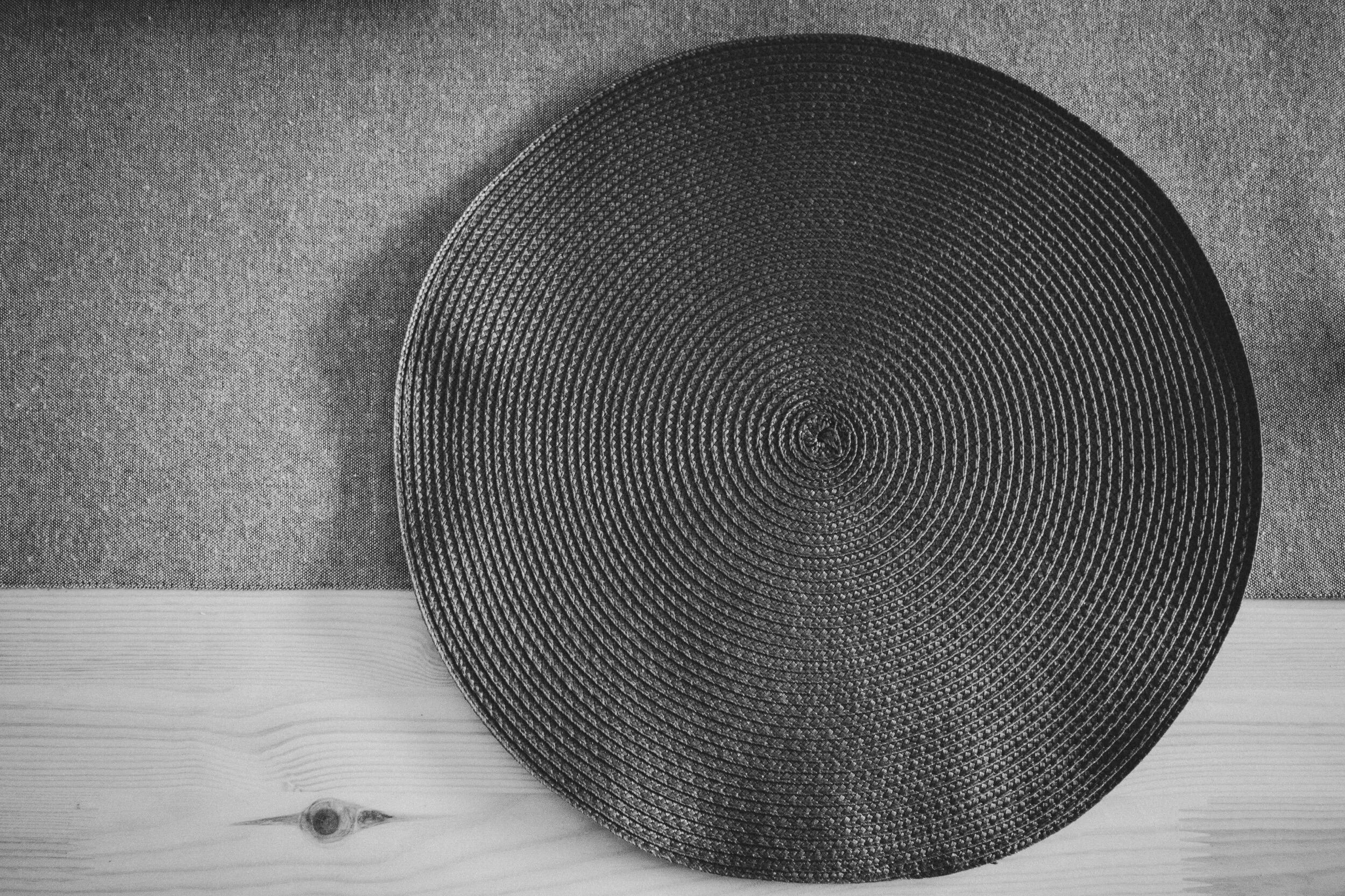
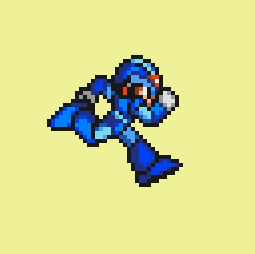






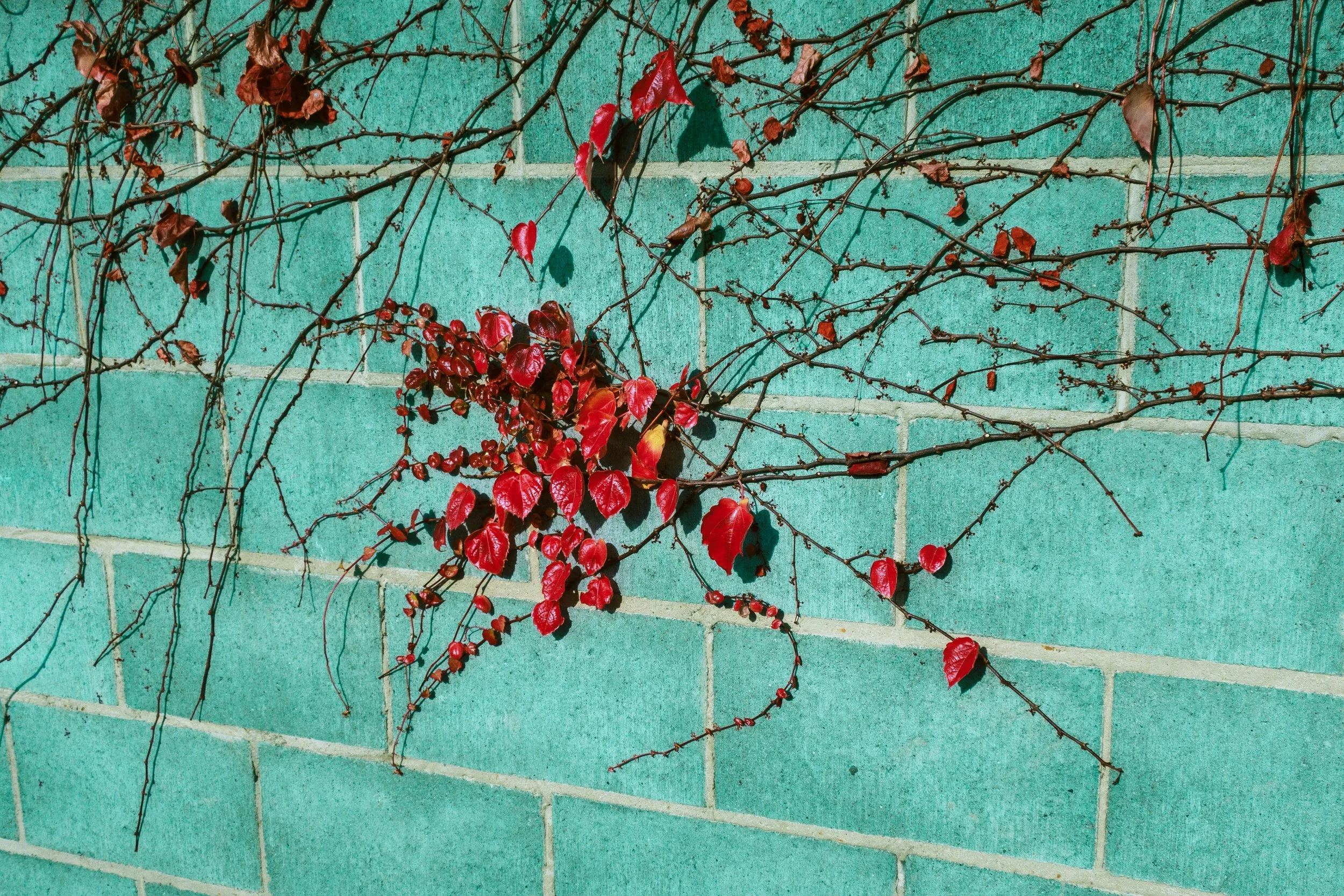






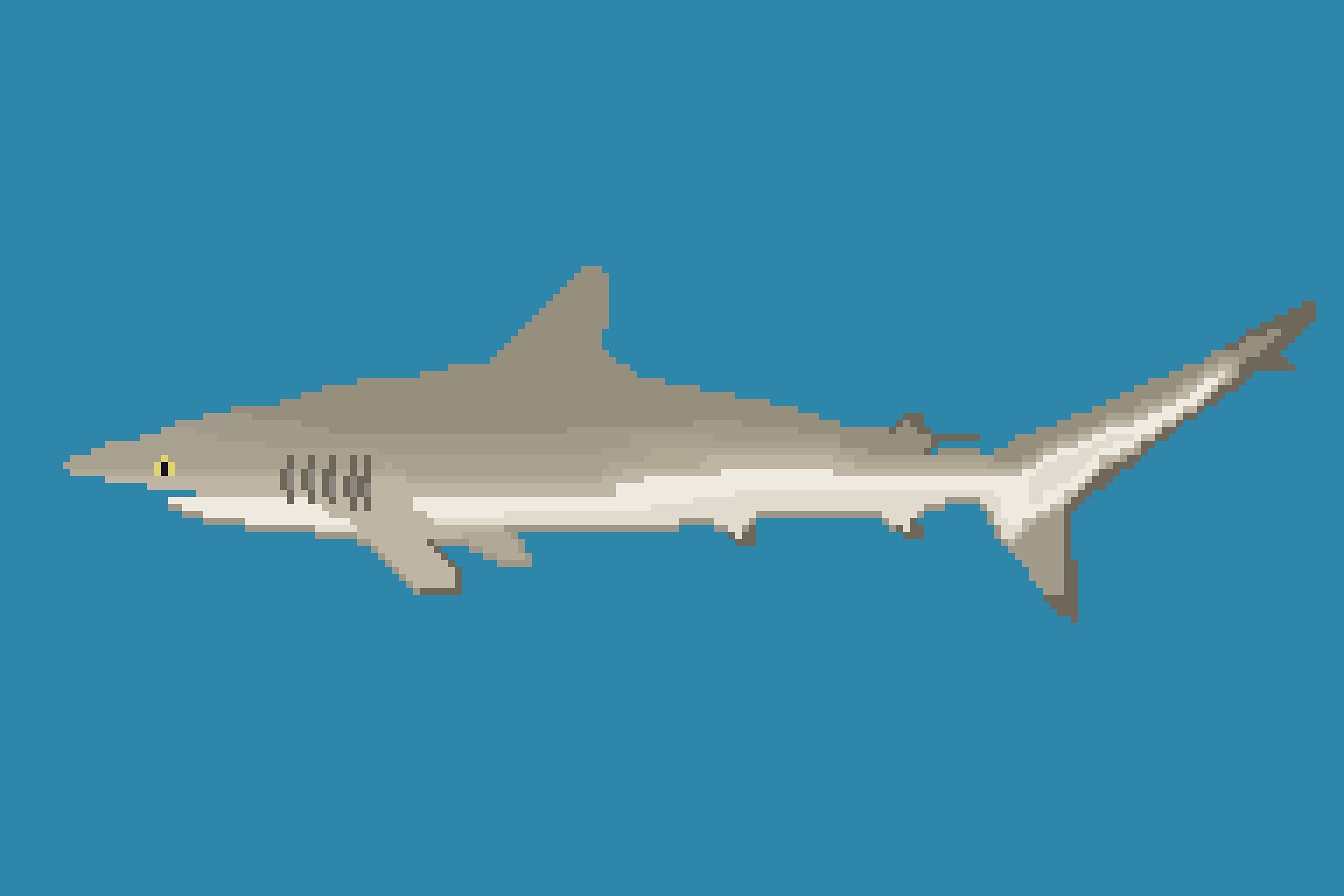


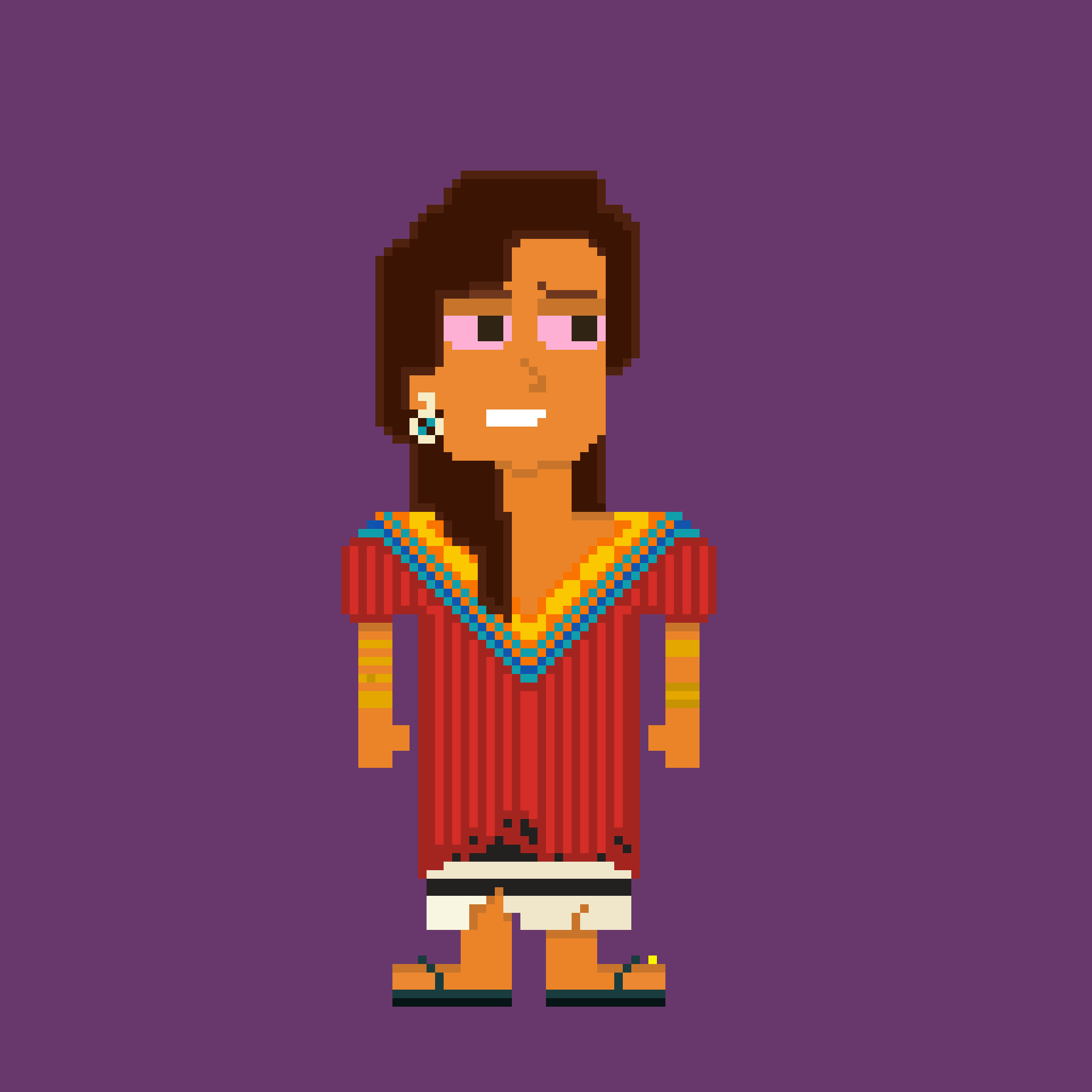

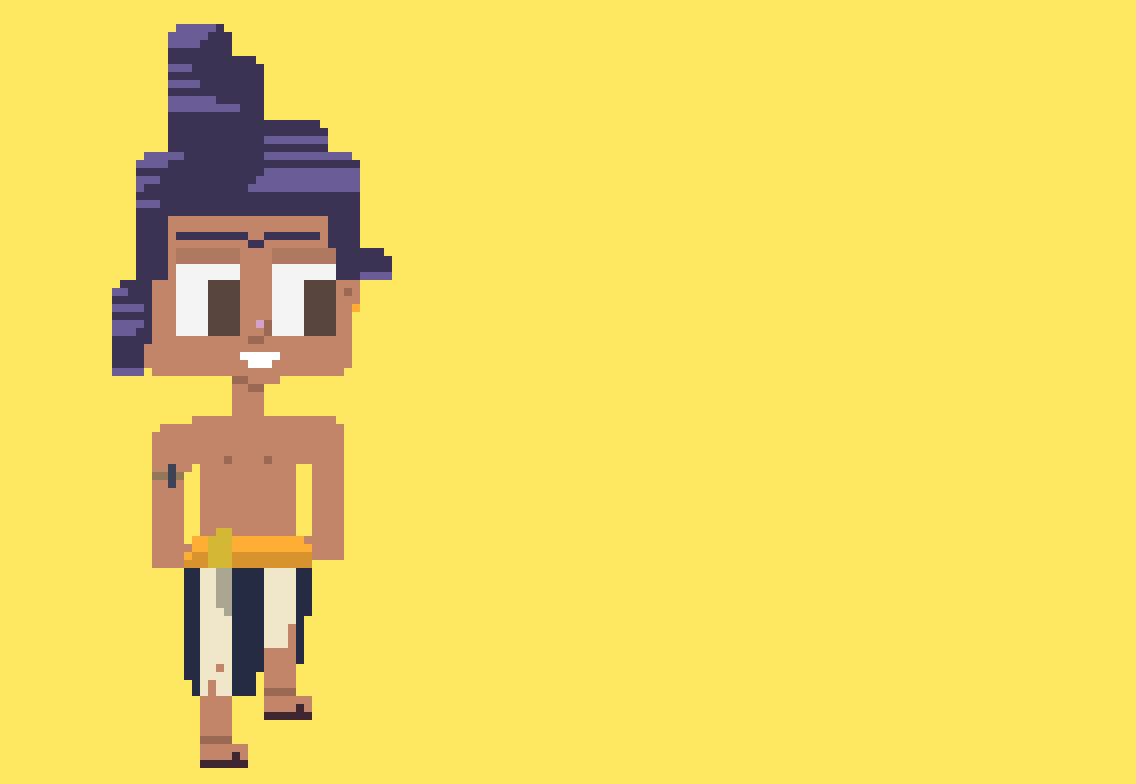





![The Dhivehi Film Industry - An analysis of Reeko Moosa's Dhanmalhi (1993) [PART ONE]](https://images.squarespace-cdn.com/content/v1/525ead10e4b03a9509e1cbf7/1466571370761-IWUROJZ892XOYKFTJ0VB/Dhanmalhi+cast.png)









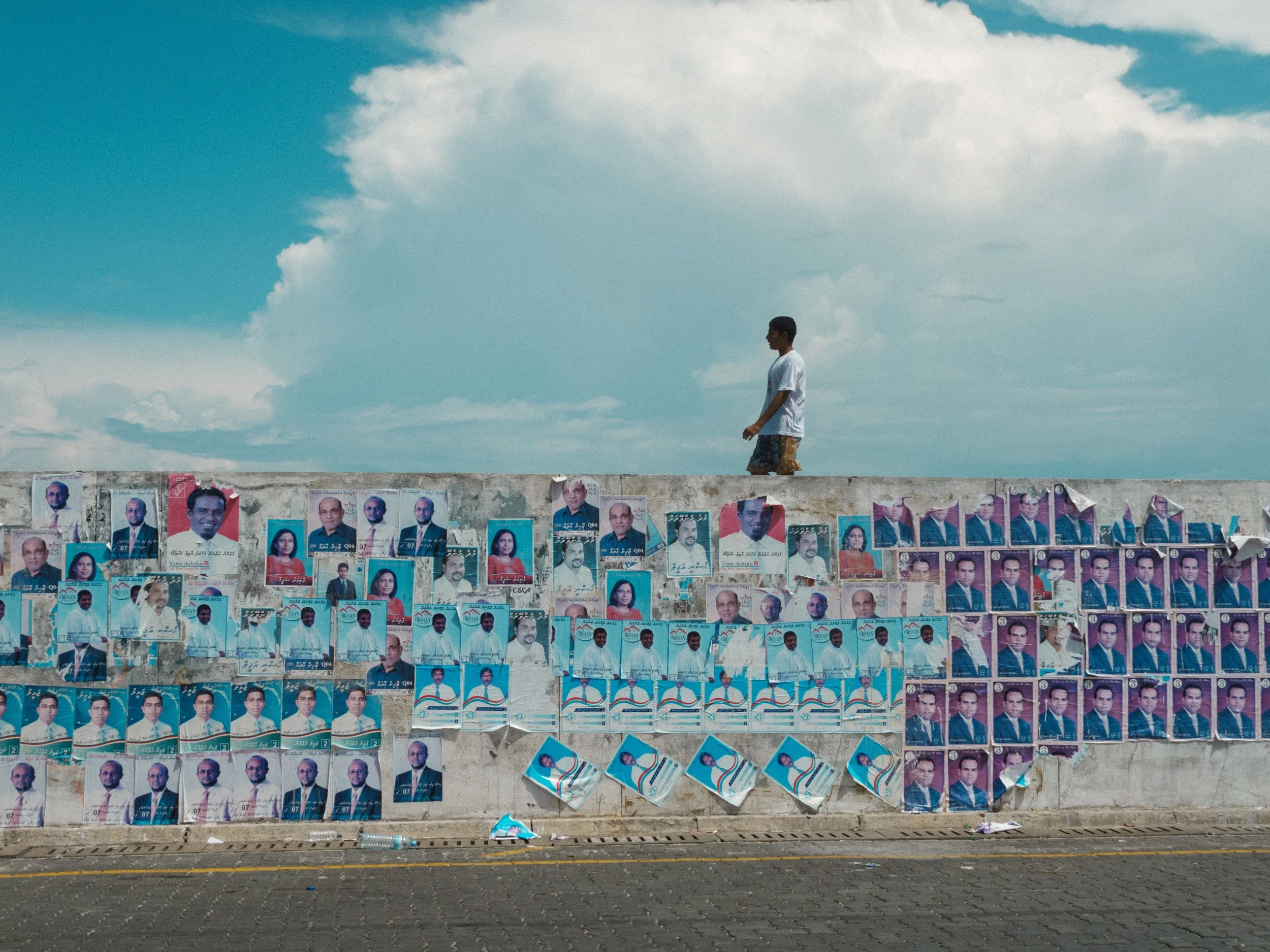

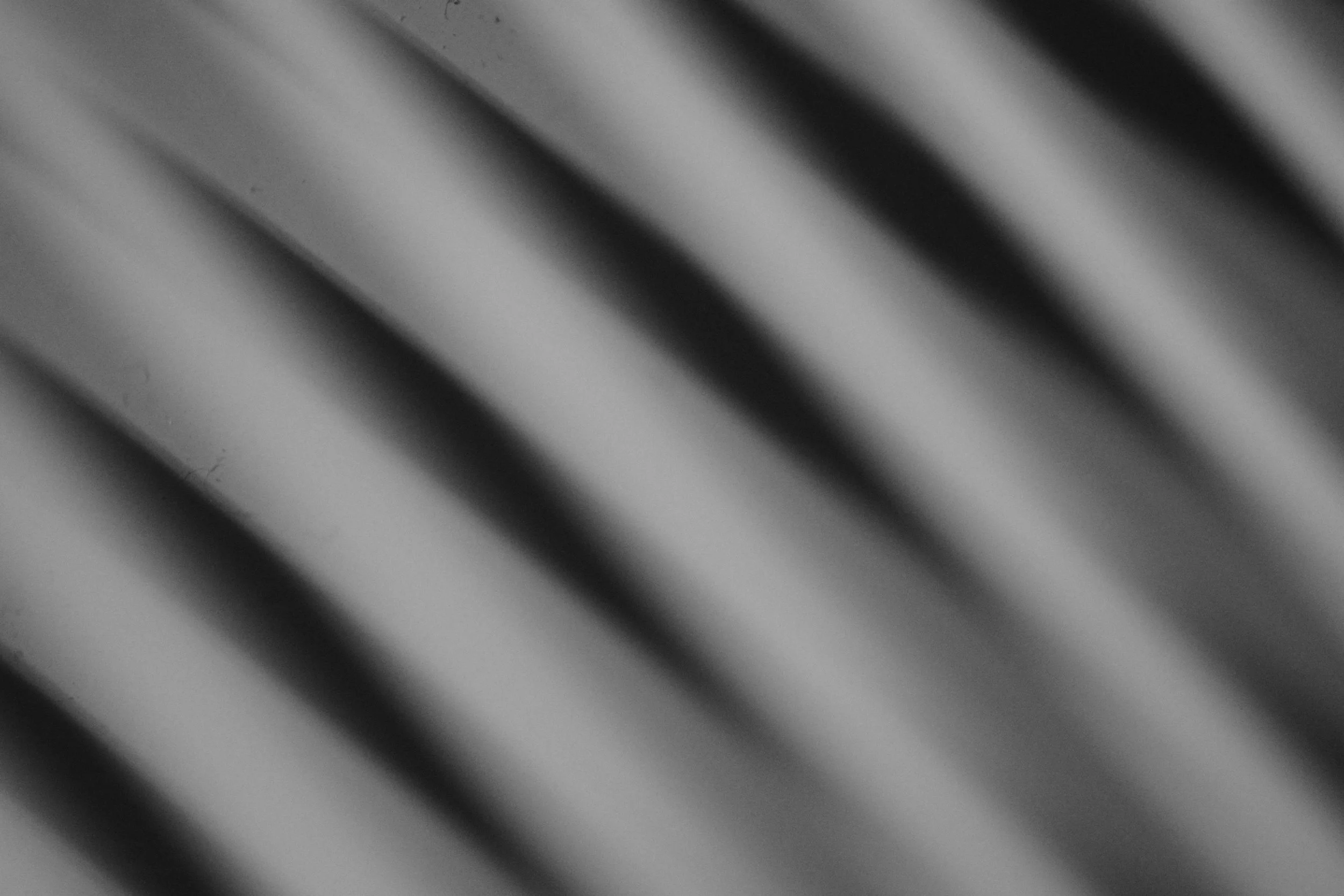


In August during lockdown, I wrote a haiku in Dhivehi each day. It started off with simple Thaana text on black background, and slowly evolved to incorporate my photographs. It is nice to write haikus in Dhivehi as the structure lends itself nicely to counting the syllables.
The poems themselves seemed to take on a very self reflective nature, with common themes being the ocean, Maldivian life, and life in Male’ City.
I have included english translations for each of them. However do note that sometimes the meaning and syllable structure is lost somewhat in translation.
Originally posted on my instagram.